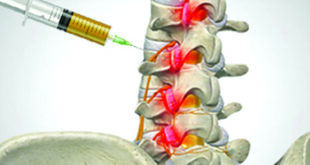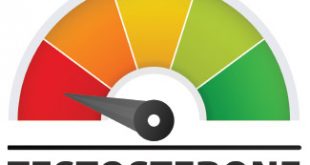 According to the CDC’s website, someone in the US has a heart attack every 40 seconds. That translates to about 805,000 people having a heart attack each year!
According to the CDC’s website, someone in the US has a heart attack every 40 seconds. That translates to about 805,000 people having a heart attack each year!
A heart attack can be a frightening experience. Still, many people who’ve had a heart attack go on to enjoy full lives. As part of the recovery process, your doctor may recommend cardiac rehabilitation after a heart attack.
Cardiac rehabilitation is a program designed to improve your cardiovascular health and quality of life after a heart attack or other heart problem. The program is supervised by a team of medical professionals, including:
• Physical therapists
• Registered dieticians
• Doctors
• Nurses
Physical therapy is an important part of the cardiac rehabilitation process. It might help you:
• Lower your risk of having another heart attack
by improving blood flow
• Improve your quality of life
• Increase your cardiovascular fitness
• Improve range of motion
• Regain strength and stability in the joints
At the start of your rehab, a physical therapist will assess your ability with a physical exam and possibly fitness tests. They’ll then design a custom program that increases in intensity over time.
While you’re still in the hospital, your physical therapist may guide you through exercises in bed that are not strenuous. These exercises aim to improve your range of motion and prevent deconditioning and stiffness from extended bed rest.
Once you leave the hospital, a typical exercise session might involve riding an exercise bike, jogging, or using other cardiovascular fitness. Your physical therapist will monitor your heart rate, blood pressure, respiration rate, and oxygen level while you exercise to assess how your body responds. Your individualized program will likely include:
Aerobic Exercise
Aerobic exercise after a heart attack can help improve blood flow and reduce the risk of further heart disease. A physical therapist will usually recommend low-impact aerobic exercise, such as walking, biking, or swimming.
Strength Training
Strength training is an integral part of physical therapy after a heart attack. A physical therapist will usually recommend low-impact strength exercises, such as rows, squats, lunges, and resistance band exercises. Exercises like these can help improve your overall fitness and reduce the risk of future heart problems. Strength training can also help improve your mood and reduce stress levels.
Stretching
Stretching is an aspect of heart attack recovery that you should not overlook. Stretching properly in physical therapy can help to relieve pain, reduce stiffness, improve blood flow, improve motion and flexibility, and improve your quality of life in general. It can also reduce inflammation.
Cardiac rehabilitation isn’t just for heart attacks
Physical therapy and cardiac rehabilitation are an important part of the recovery for many types of heart surgery or cardiac events. Rehabilitation can help you bounce back from:
• Heart failure
• Heart valve surgery
• Coronary artery bypass
• Stent placement
• Heart transplant
• Chronic stable angina
• Acute coronary artery syndrome
If you are interested in improving your heart health this Valentine’s season, contact the trained professionals at Innovative Therapies Group today. At Innovative Therapies Group, our team is trained to do comprehensive and hands-on physical therapy. For more than 10 years, we have been ensuring our patients that they are handled by experienced and caring physical therapists.
Innovative Therapies Group, Inc.
352-433-0091 | innovativetherapiesgroup.com
 Central Florida Health and Wellness Magazine Health and Wellness Articles of the Villages
Central Florida Health and Wellness Magazine Health and Wellness Articles of the Villages



